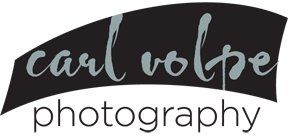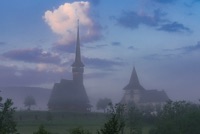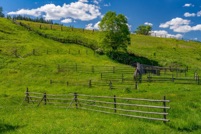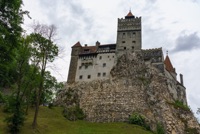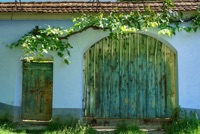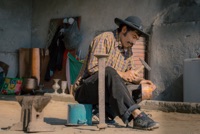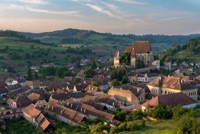Romania
spring 2018
Romania is a sovereign state located at the crossroads of Central, Eastern, and Southeastern Europe. It borders the Black Sea, Bulgaria, Ukraine, Hungary, Serbia, and Moldova. It has an area of 92,046 sq mi, making it the 12th largest in Europe. It has a predominantly temperate-continental climate with some Oceanic, Mediterranean, and even Scaninavian-Baltic seasonal influences.
With almost 20 million inhabitants, the country is the 7th most populous member state of the European Union and the 10th overall European one. Its capital and largest city, Bucharest, with 2,106,144 inhabitants as of 2016; other major urban areas include Iași, Timișoara, Cluj-Napoca, Constanța, Craiova, and Galați.
The River Danube, Europe's second-longest river, rises in Germany and flows in a general southeast direction coursing through ten countries before emptying into Romania's Danube Delta. The Carpathian Mountains, which cross Romania from the north to the southwest.
Modern Romania was formed in 1859 through a personal union of the Danubian Principalities of Moldavia and Wallachia. The new state, officially named Romania since 1866, gained independence from the Ottoman Empire in 1877. At the end of World War I, Transylvania, Bukovina and Bessarabia united with the sovereign Kingdom of Romania. During World War II, Romania was an ally of Nazi Germany against the Soviet Union, fighting side by side with the Wehrmacht until 1944, when it joined the Allies and faced occupation by the Red Army forces. Romania lost several territories, of which Northern Transylvania was regained after the war. Following the war, Romania became a socialist republic and member of the Warsaw Pact. After the 1989 Revolution, Romania began a transition towards democracy and a capitalist market economy.
Romania has an economy predominantly based on services, and is a producer and net exporter of machines and electric energy. It has been a member of NATO since 2004, and part of the European Union since 2007. An overwhelming majority of the population identifies themselves as Eastern Orthodox Christians and are native speakers of Romanian, a Romance language. The cultural history of Romania includes influential artists, musicians, inventors, and sportspeople.


